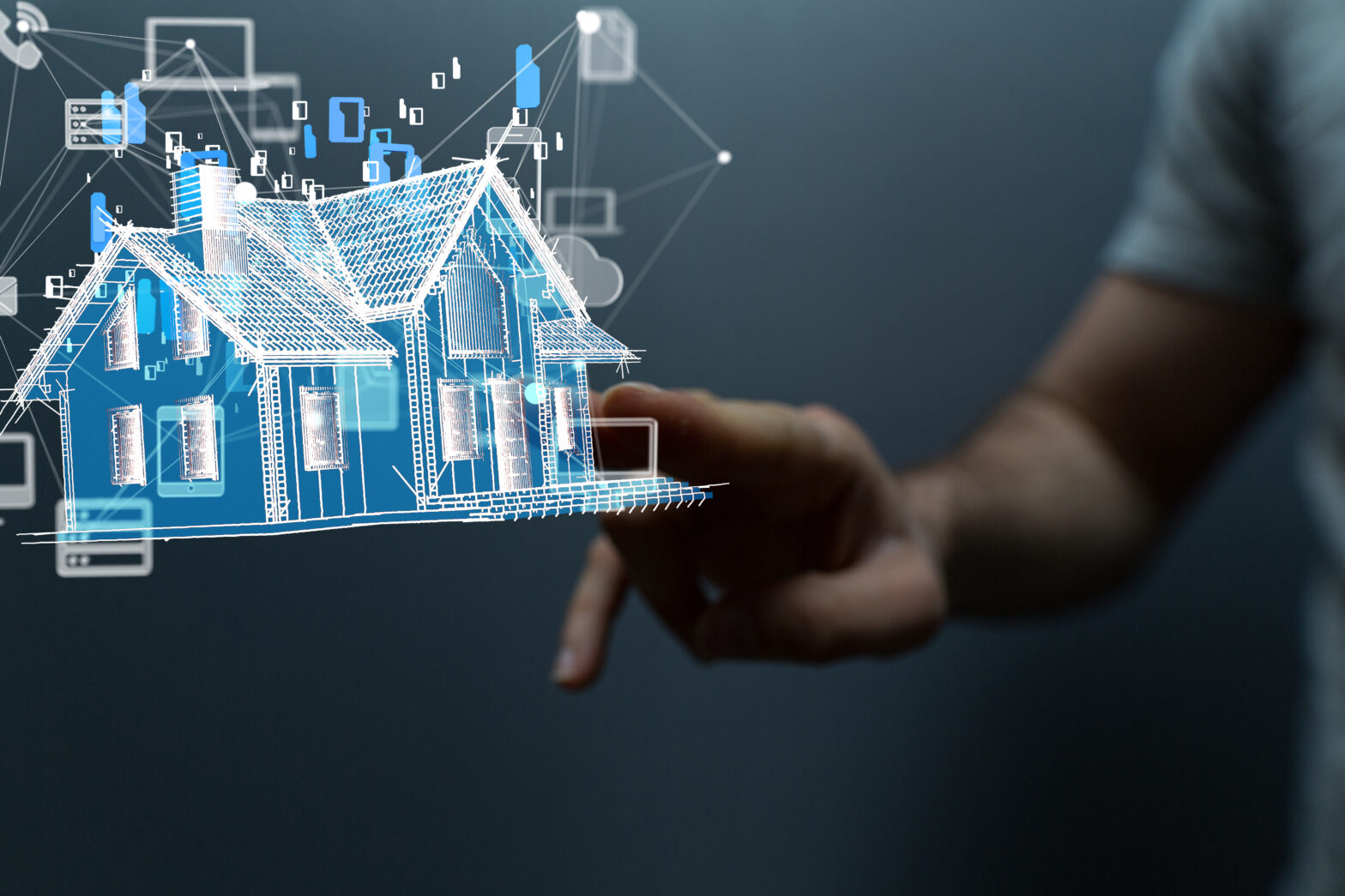Connected home solutions consist of a set of devices and services that are connected to each other and to the internet and can automatically respond to preset rules, be remotely accessed and managed by mobile apps or a browser, and send alerts or messages to the user(s).
“Although households in the developed world are beginning to embrace connected home solutions, providers must push beyond early adopter use,” said Amanda Sabia, principal research analyst at Gartner. “If they are to successfully widen the appeal of the connected home, providers will need to identify what will really motivates current users to inspire additional purchases.”
The survey found that home security alarm systems, the more established of connected home solutions, have nearly double the adoption rates (18%) of newer connected home solutions such as home monitoring (11%), home automation or energy management (9%), and health and wellness management (11%). Overall adoption rates were 5 to 6% greater in the US, where they were first marketed.
>See also: The Connected Home: A Look at Smart Home Technology
However, excluding home security alarm services for which a monthly fee is generally paid, solution providers may find monetising connected services challenging as the survey revealed that less than half of households currently pay for subscription-based home monitoring and automation/energy management solutions.
In the US, where the home monitoring industry is more developed, 59% of households with a home monitoring solution indicate they do pay a monthly fee, thus proving they see value for these solutions.
However, charging for subscriptions for home automation/energy management and health and wellness solutions is more of a challenge since more than half of current households are already using these services free of charge. The challenge is even greater in the UK, where few home automation services are subscription based and 58% of households with home automation get their services free of charge.
Using a scale of 0 to 100, respondents were asked about their feelings and preferences toward the value of devices, appliances and applications in the connected home ecosystem.
>See also: Going mainstream in the home: 4 things the IoT needs to be
Three-quarters of respondents indicated they are happy to manually set temperature and lighting controls versus only one-quarter who expressed an interest in having devices anticipate needs in the home. Furthermore, 58% of respondents showed a preference for separate, independent, stand-alone devices.
However, respondents are starting to see the value of one app for integrating their connected home devices, appliances and services as well as the importance of brand certification for their connected home devices and services.
More than half of the respondents (55%) rated 51 or more toward the preference of one app integrating connected home devices and services, while a further 58% rated 51 or more toward the importance of hardware and services being certified by a specific brand.
“Messaging needs to be focused on the real value proposition that the complete connected home ecosystem provides, encompassing devices, service and experience,” said Jessica Ekholm, research director at Gartner. “The emphasis needs to be on how the connected home can helps solve daily tasks rather than just being a novelty collection of devices and apps.”










